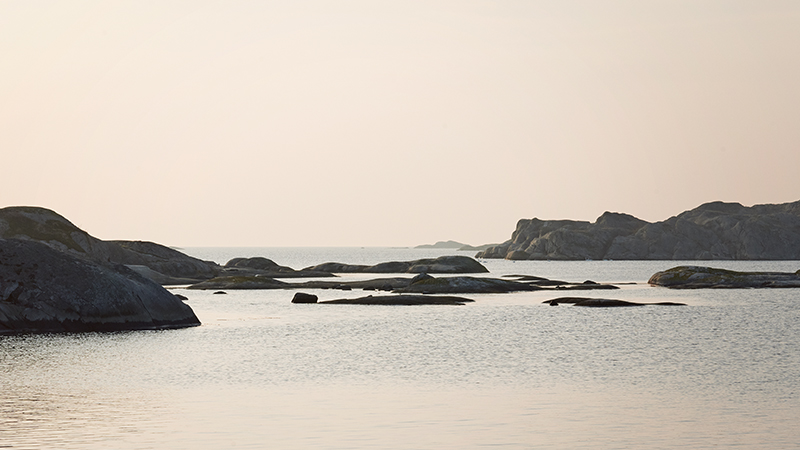Climate Impact
The clothing industry is one of the most polluting industries in the world and manufacturing poses the great challenge. Our goal is to reduce our emissions of greenhouse gases – our climate footprint – by at least 30% by 2030. And we aim to be completely climate neutral by 2045.
These are ambitious goals that we need to break down into various interim goals.
The most important thing we can do – as part of the clothing industry – is to produce fewer garments. We believe that we can contribute towards a more environmentally sound consumption by adapting our range in order to reduce our seasonal production – and thereby our emissions. So we aim to halve our discounting by 2020.
We’re introducing zero tolerance for transportation by air from 2020, which means that all our garments will be shipped by sea and, in exceptional cases, by rail. And we also want to reduce the number of business journeys by air by 50% during 2020.
We also want to reduce the use of resources in production, mainly by basing all product development on more resource-efficient production processes. We’re focusing first and foremost on the technical outerwear garments in our PO.P WeatherPRO® concept, since this is a large and important product group for us. From the autumn of 2021, we’ll have 100% traceability for water, energy and chemicals use for all garments within this group. And by 2025, we’ll have reduced the use of water, energy and chemicals by 30–75%, depending on area.
We don’t just consume energy in our production processes, but also in our other operations, such as in our stores. Today, 98% of the electricity we use in our stores comes from renewable sources. Our aim is to increase to 100% renewable electricity during 2020 and achieve a 30% reduction in our electricity consumption by 2021.
In 2017, we started to charge for the carrier bags in our stores and donate the profits to charitable causes. More and more customers are choosing not to buy a bag and the number of bags has now dropped by 75% compared to 2017. We’ll be phasing plastic carrier bags out of our stores altogether during 2020 and replacing them with paper bags made of recycled material. We also aim to replace our e-commerce bags, which are still made of recycled plastic, during 2020. We hope these measures will enable us to both reduce our climate footprint and contribute to less plastic in nature.
The goals we have for reducing our use of resources and reducing our emissions of greenhouse gases are challenging: we will be monitoring them closely and continually communicating about developments and goal attainment.




